How do online video-based ads perform in reaching Millennials and Gen Z? Part I.
Published on 01 03 2023Research study on attention and brand recall for social reel, social feed and pre-roll advertising
Mark Vroegrijk, Senior Methodologist
Nowadays, many brand managers will admit that one of their biggest challenges is determining how to effectively reach the youngest members of their target audience—i.e., “millennial” or “Gen-Z” consumers—through advertising campaigns. According to a recent report by the World Advertising Research Center, consumers that fall within one of these demographic groups typically spend the vast majority (60-65%) of their media consumption on online channels. As a result, brands seeking to advertise through video also tend to allocate considerable parts of their advertising efforts to online channels (instead of TV) to be noticed by these younger consumers.
Still, within the broad area of online video-based advertising, there are quite a few different channels and ways to advertise. For example, given the prominence of video content platforms like YouTube, a popular option is to employ “pre-rolls”—advertisements that are played before an actual content video (and can often be skipped after some time). “Feed” advertisements on social media platforms such as Facebook and Instagram are also common. These posts consist of a video with a copy (added text), placed in between other content from friends and other pages followed by the user.
Another type has recently gained popularity: social “reel” advertising. These short, full-screen branded videos appear within reels of non-promoted videos, with users being able to navigate through these different videos with a swipe of their finger. While such ads initially became more common through the TikTok platform (which is especially popular among Gen-Z consumers), both Facebook and Instagram nowadays have a “Reels” feature as well. The increased prominence of social reel ads raises the question of how the format performs compared to other types of online video-based advertising among the audience for whom these types of ads are typically used. We, therefore, set out to assess the impact of social reel advertisements in terms of both immediate attention and longer-term memory amongst Millennials and Gen-Z, compared to social feed and pre-roll advertising.
A NATURAL TEST ENVIRONMENT FOR SOCIAL REEL ADVERTISING
To measure the impact of social reel video advertisements, we sent out an online survey among 1,600 Dutch respondents aged between 18 and 34 years. The survey was mobile-only and was aimed at imitating a typical smartphone “browsing session” by letting the respondent:
- Scroll through four “feeds” (like mobile apps/websites) in the areas of news, sports and entertainment, with an online display ad (banner) inserted in each of them
- Navigate through two sets of social reels – each set consisting of seven TikTok videos (presented in a randomised order) of which six were unbranded (originally posted by celebrities, influencers or sportspeople), and one was branded. The latter was randomly selected out of a pool of 32 possible advertisements.
The respondent was able to scroll or swipe through each of these “environments” in a nature-like manner, without knowing that we would record how much time they spent looking at each of the social reel ads (before swiping to the next video). Subsequently, we tested both unaided and aided brand recall by asking respondents which brand(s) they remember from the advertisements and whether they could recall the message that these brands were conveying. This approach provided us with data on both engagement (in terms of attention) and impact (in terms of memory) of social reel advertisements. Because we collected such data for social feed and online pre-roll advertisements in previous studies as well, we can assess how social feed advertising performed compared to other types of online video-based advertising, particularly among a younger audience. We only consider those respondents from these studies that filled in the survey on a mobile device and were aged between 18 and 34. This is to ensure that the comparison we make is a fair one.
HOW LONG DO VIEWERS pay ATTENTION?
The graph below represents the length of viewers’ attention paid to social reel advertising compared to both social feed and pre-roll advertising. For pre-roll advertisements, it should be noted that we tested them by mimicking YouTube’s “TrueView” method, with ads becoming skippable after 5 seconds – explaining the engagement curve only decreasing from the 5-second mark onwards.
Several interesting insights emerge from this graph:
- Social reel advertising (skipped by swiping) is significantly better in holding the attention of its audience compared to social feed advertising (skipped by scrolling).
- After 5 seconds of the ads running, a social reel ad had about thrice the number of original viewers (44%) compared to social feed ads (15%).
- On average, viewers spent 7.3 seconds watching social reel ads and only 2.6 seconds watching social feed ads.
- After the 10-second mark has passed, social reel advertisements even have a (slightly) bigger part of their audience still watching compared to pre-roll ads.
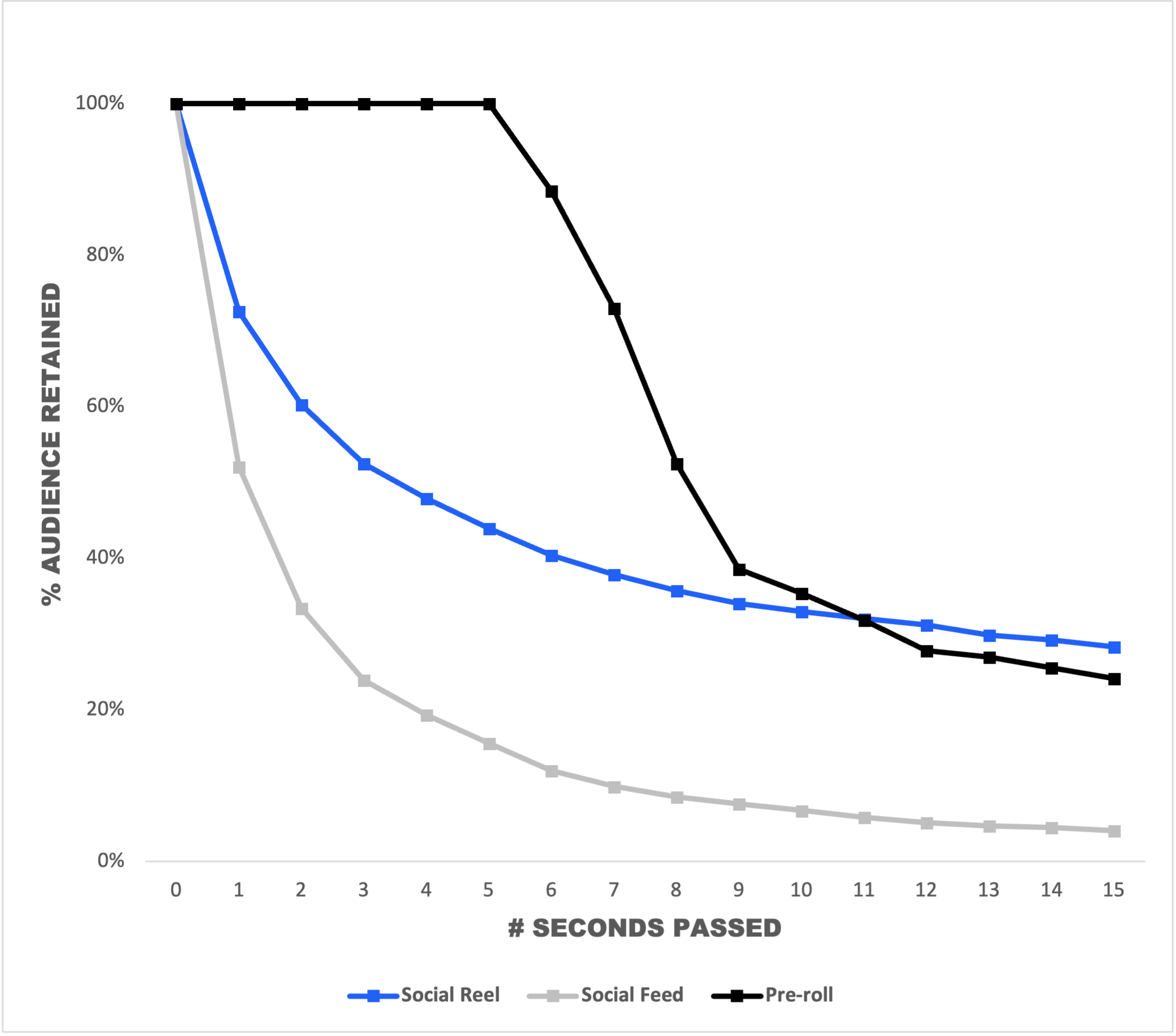
Figure 1: Number of viewers (mobile only aged 18-34) left at each elapsed second
for different types of online video-based advertising
To conclude, social reel advertisements outperform social feed advertisements from the get-go. Pre-roll advertisements do outperform social feed advertisements in the first 10 seconds – partly resulting from a guaranteed forced exposure during the first 5 seconds. However, we see social reel advertisements quickly catching up thereafter, with them even ending up slightly ahead of pre-rolls in terms of audience retention (after the 10-second mark has passed).
Social reel advertising is often used by brands to reach the youngest consumers. Therefore, it is also interesting to zoom in on the comparative performance of social reel advertising (when it comes to attention) between different age cohorts.
Figure 2 displays the attention curves for the social reel, social feed and pre-roll advertising separately for three age groups: 18-24, 25-29 and 30-34. Some insights are:
- Social feed advertising performs very similarly in terms of engagement across the different age groups – if anything, one could say that initial attention is slightly higher for the 18-24 age group. However, overall engagement levels consistently remain very low compared to the other two forms of advertising that are studied.
- For both social reel and pre-roll advertising, we generally see lower attention levels among the youngest (18-24) consumer group, with the share of viewers at the 15-second mark being about 7 to 8 percentage points lower compared to the 30-34 age group. Still, we find that the slightly better performance of social reels versus pre-rolls in terms of “longer-term” attention is consistent across all age groups.
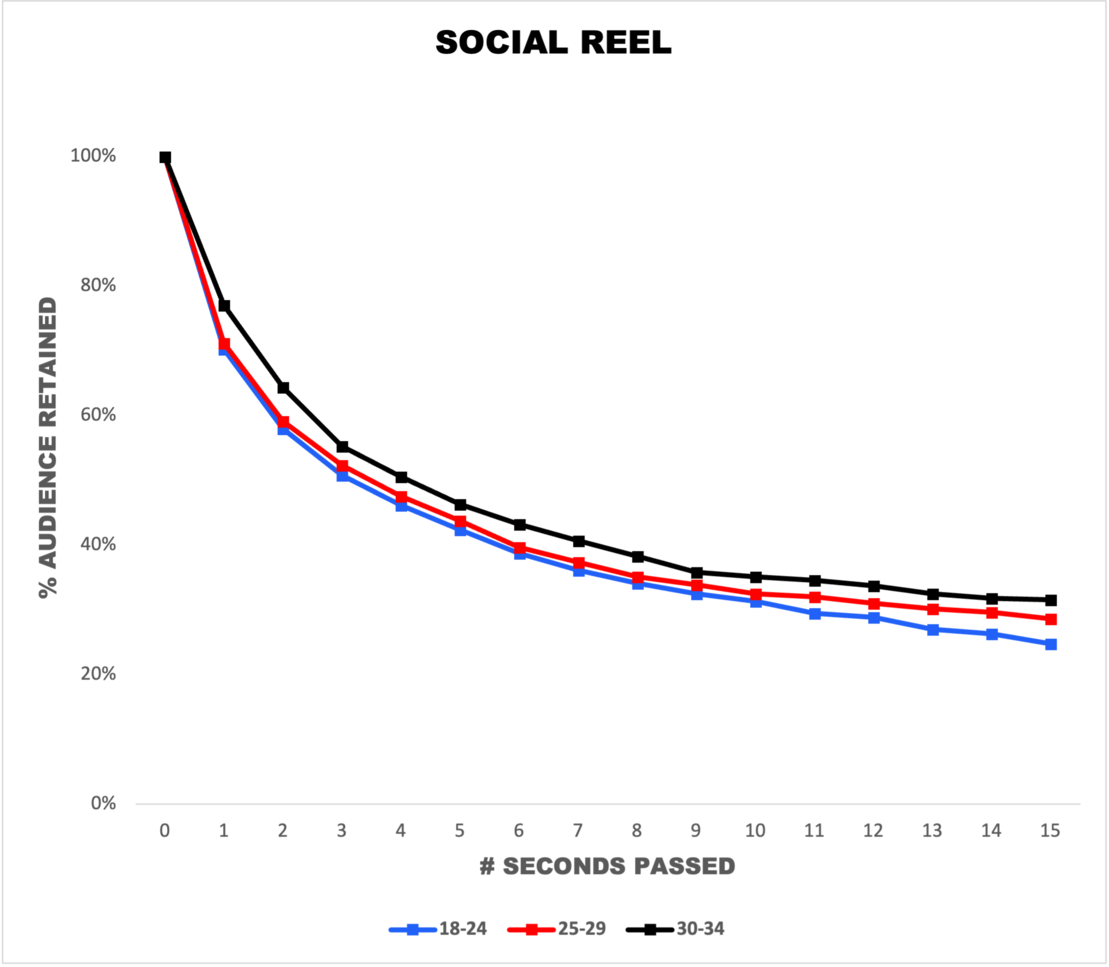
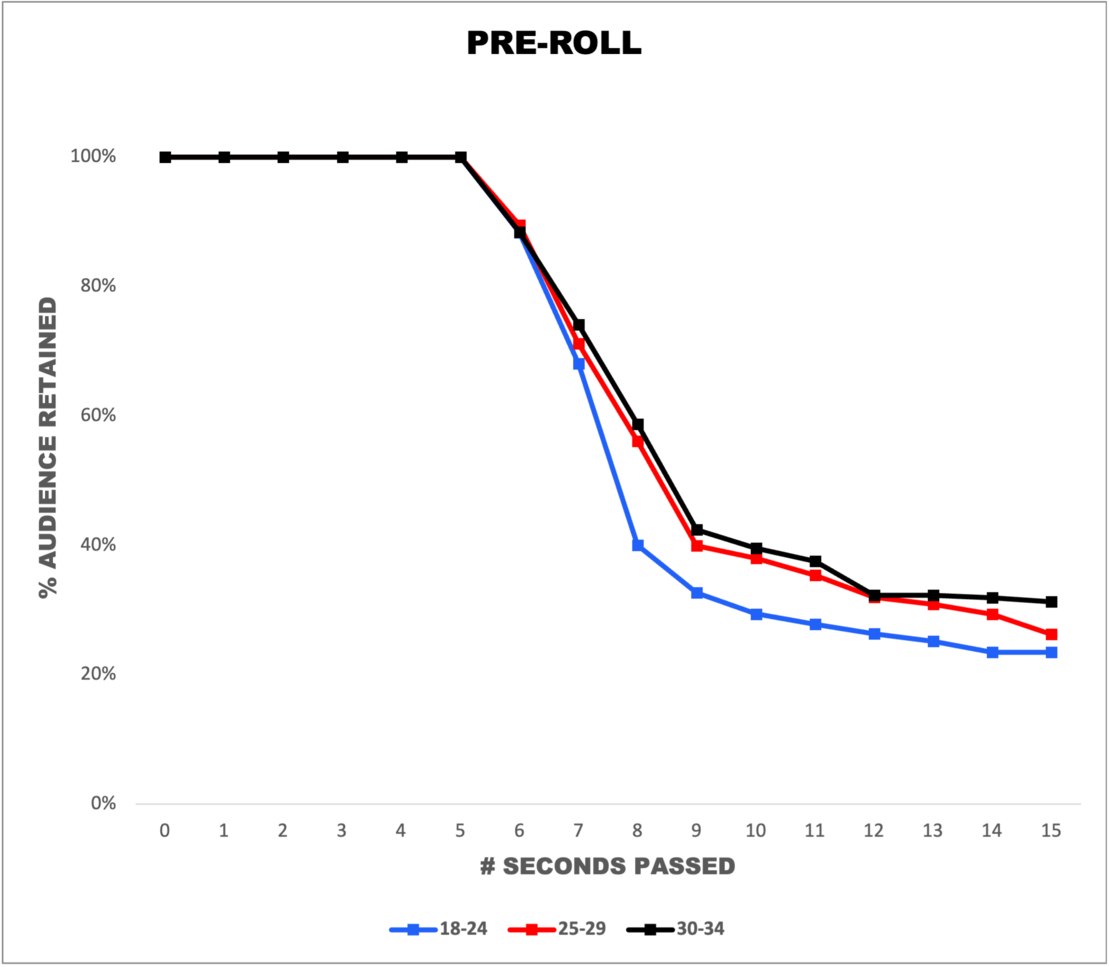
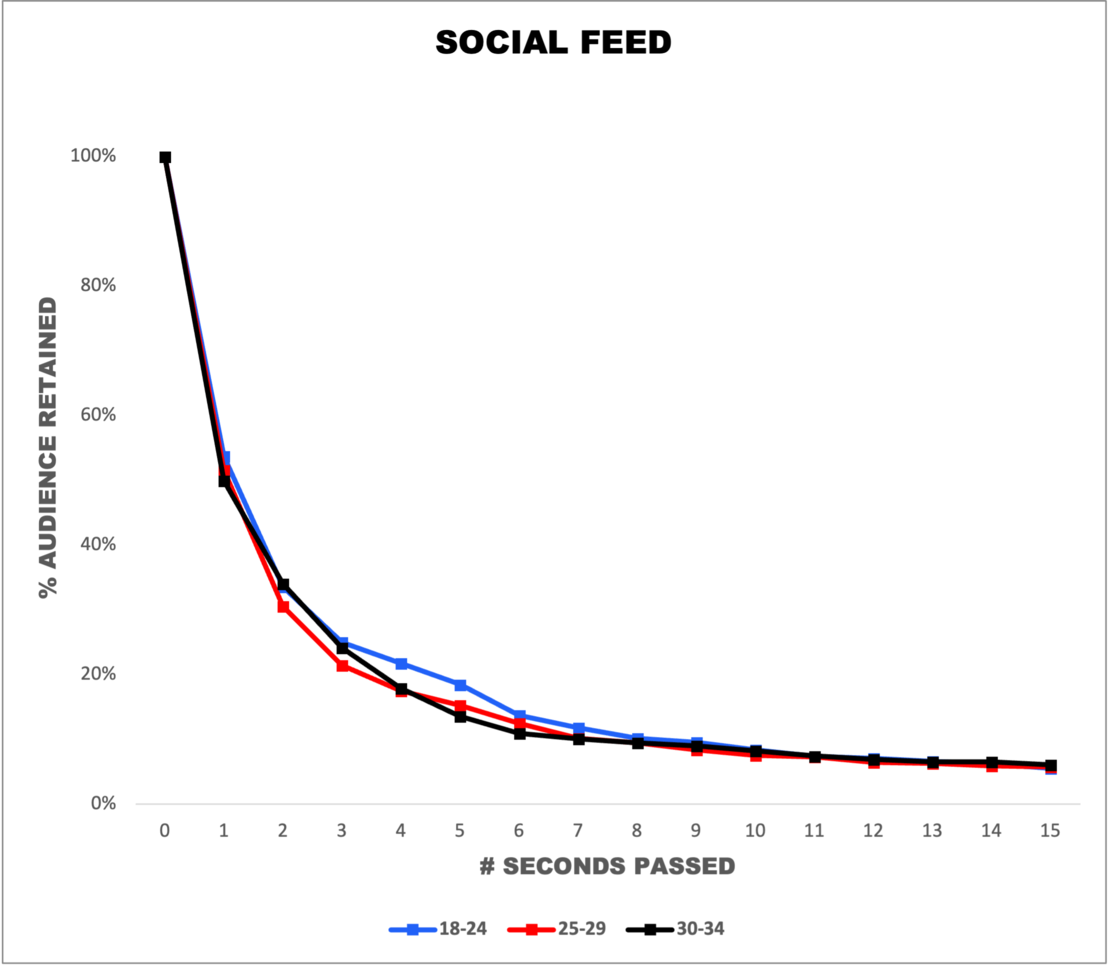
Figure 2: Number of viewers left at each elapsed second for different age brackets
Gen-Z recalls social reel ads the BEST
Now that we found that social reel advertising (eventually) performs better than other types of online video-based advertising in terms of viewer attention, we may assume that this goes hand-in-hand with a more profound processing of the content, e.g., in terms of what brand the ad represents and what key message it aims to convey. Does high engagement with social reel ads also translate into a better recall of the brand and main message?
Table 1 shows a comparison between the percentage of respondents that were able to recall the advertised brand and its key message across the three different types of advertising. Brand recall in particular is important for impactful advertising – if viewers cannot remember what brand an advertisement was for, any positive effect generated is lost because it cannot be linked to the brand.
Regarding brand recall, we conclude the following:
- While unaided brand recall is generally the most important metric to gauge the degree of post-exposure brand linkage for an advertisement, we don’t find any of the three formats clearly outperforming the others on this front.
- However, for aided brand recall, we can conclude that social reel advertising outdoes both social feed and pre-roll advertising (with scores of 47%, 42% and 36%, respectively).
- For message recall, we again see social reel advertising (39%) performing better than social feed advertising (32%) – ending up at a comparable level as that of pre-rolls (37%).

Table 1: Recall scores for different types of online video-based advertising
XX% Significantly (under 90% confidence interval) higher than differently coloured scores on the same recall metric
XX% Significantly (under 90% confidence interval) lower than differently coloured scores on the same recall metric
When we analyse the performance of the different forms of online video-based advertising among age groups, we obtain some additional insights. We find that both forms of social advertising tend to perform better among the youngest group of consumers (aged 18-24) compared to somewhat older consumers (aged 25-34) – with social reel advertising, in particular, showing this pattern in the clearest and most consistent manner. Conversely, for pre-roll advertising, this comparative advantage under the youngest demographic does not exist. Instead, we find this type of advertising to perform best among the 30-34 age group – at least when it comes to brand recall.

Table 2: Recall scores for different age brackets
XX% Significantly (under 90% confidence interval) higher than differently coloured scores on the same recall metric within each online video-based advertising type
XX% Significantly (under 90% confidence interval) lower than differently coloured scores on the same recall metric within each online video-based advertising type
THREE-second challenge
Overall, we find that social reel advertising has some edge over both social feed and pre-roll advertising in terms of impact on longer-term memory, which is partly due to the relatively high attention of viewers towards this type of advertising. To gain a better understanding of the relationship between attention and memory, we plotted average recall scores based on different minimum amounts of time that a social reel advertisement was watched before skipping (Figure 3)
Initially, each additional second that the consumer watches a social reel advertisement instead of skipping it leads to a considerable improvement in both unaided brand recall and message recall. However, the curves “flatten out” very fast – with the “tipping points” lying around the 2- and 3-second mark. After these points in time, improvements in recall tend to remain relatively small.
As a result, to maximise impact on memory, it is critical to attracting viewers’ attention for at least 3 seconds. Interestingly, this aligns with our prior finding for pre-rolls, in which we also found that the key was to hold the viewer’s attention for 3 more seconds after they were able to skip the ad. While 3 seconds may not seem like much, by that point, roughly half of the audience (47%) will have already skipped the ad. This emphasises that for social reel ads, there is no time to waste in capturing viewers’ attention.
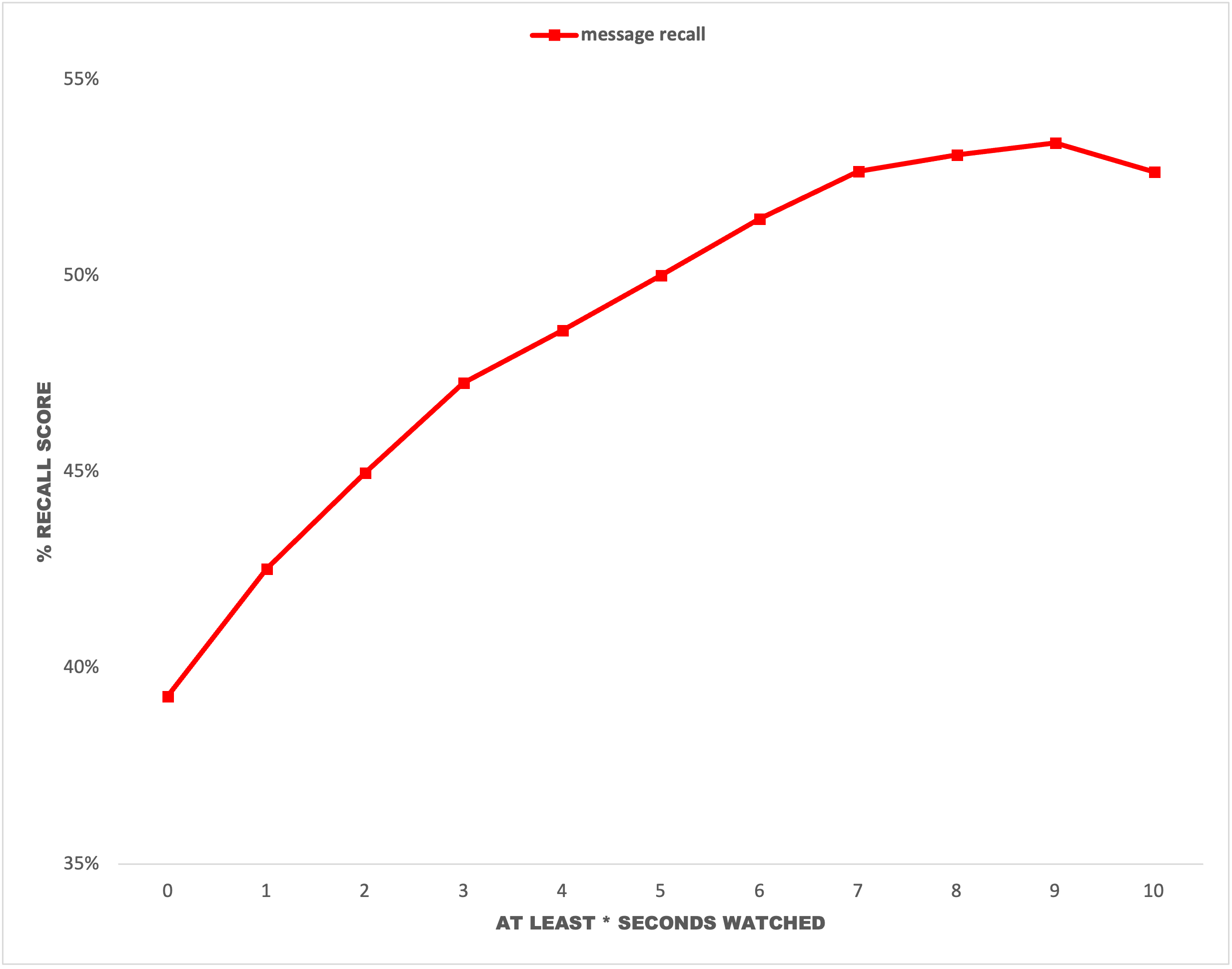
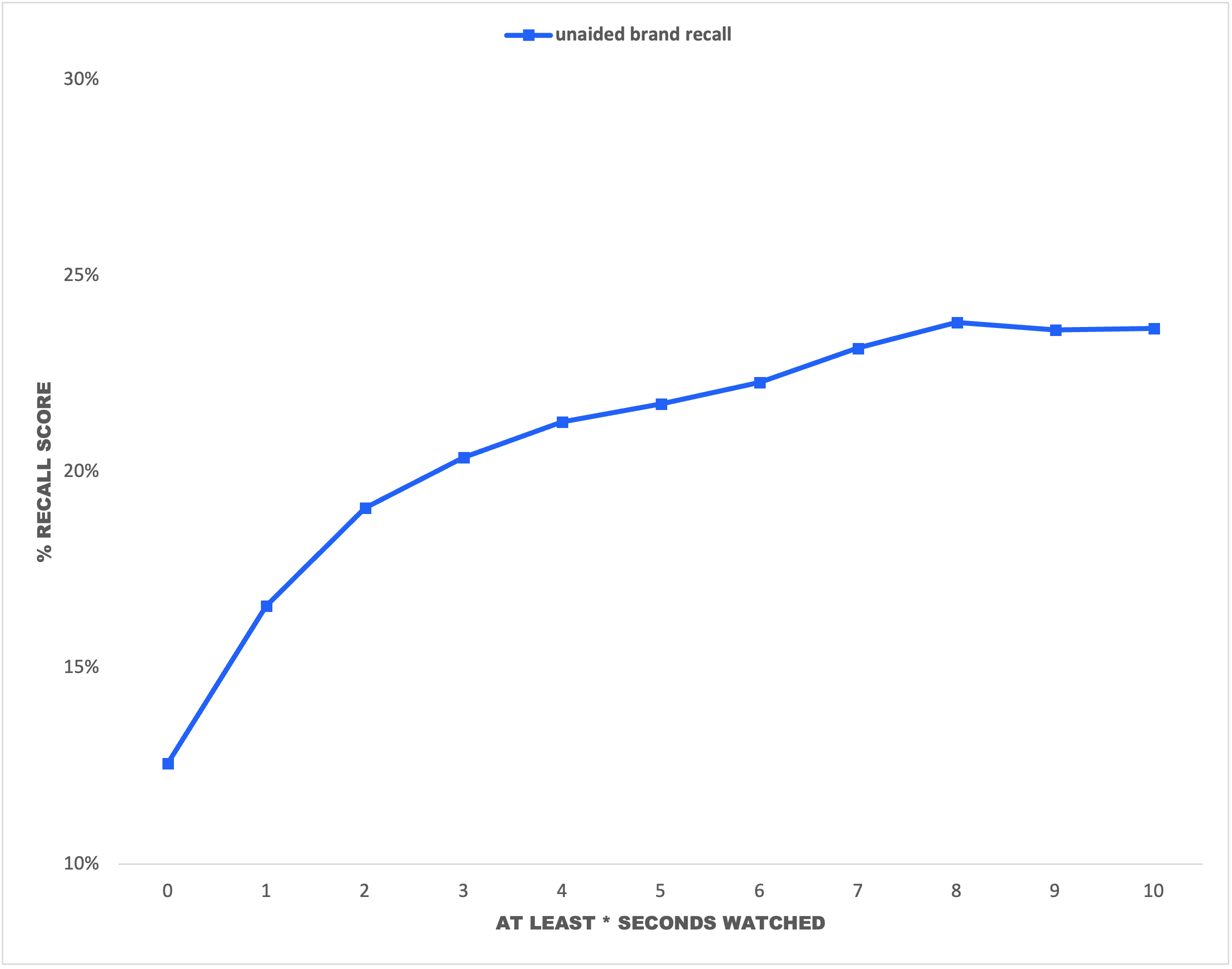
Figure 3: Recall scores for social reel advertising at different viewing times
A GOOD PERFORMER, BUT NOT WITHOUT ITS CAVEATS
To conclude, our study showed that social reel advertising performs relatively well under a younger consumer audience, compared to social feed advertising and (especially) pre-roll advertising.
- Regarding what viewers remember “after exposure,” social reel ads outperform social feed and pre-roll ads in terms of (aided) brand and message recall.
- This comparative advantage is even greater for the youngest consumers (ages 18-24) in our study sample, indicating a good match between where the advertising will have the greatest reach and impact.
- The higher recall can be partially attributed to differences in consumer attention. Social reel advertising always outperforms social feed advertising in this regard, but it eventually also outshines pre-rolls as the duration of a typical ad increases.
- However, it is unlikely that this upper hand in attention will translate into significant gains in recall by this point. Instead, the critical point already lies around the 3-second mark. Nevertheless, almost half of the audience does not reach this point in time for a typical social reel advertisement.
Consequently, just like with other forms of online video advertising, immediate attention-grabbing and rapid exposure of both brand and message remain critical.